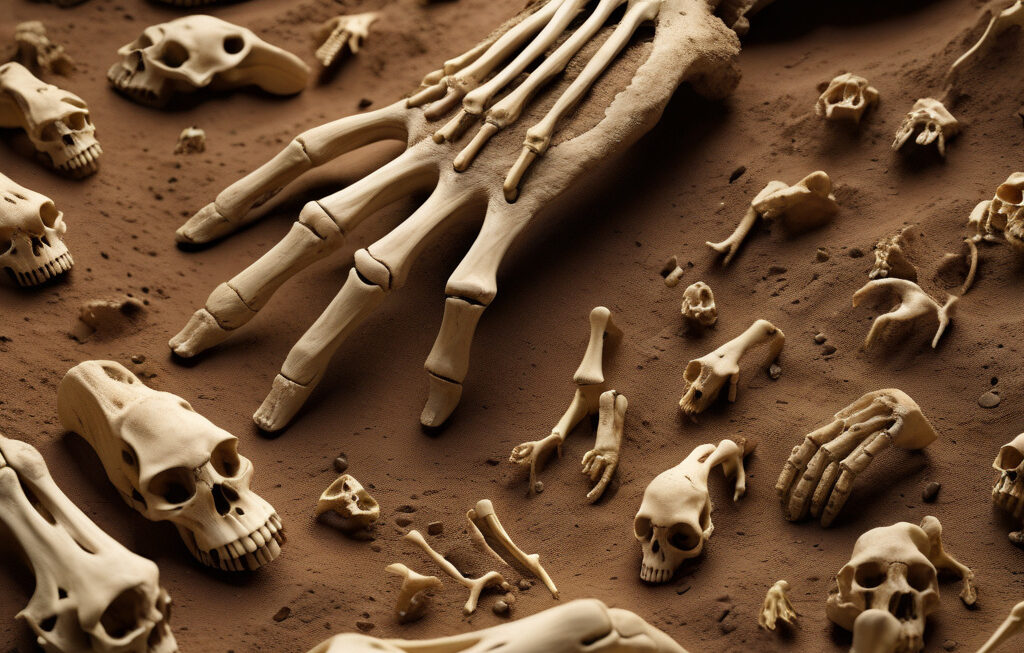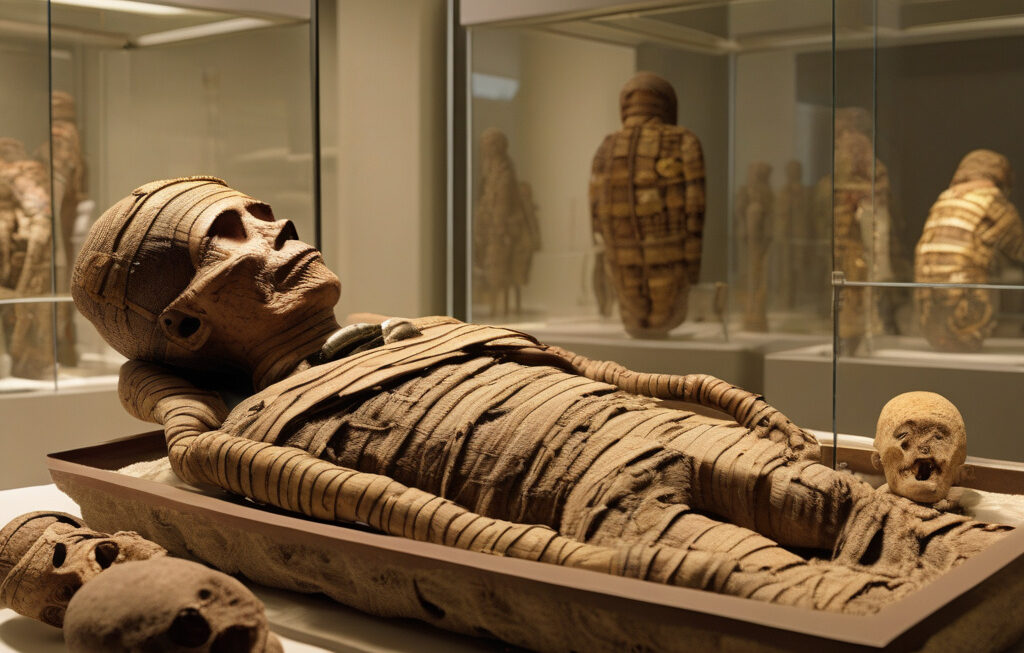Million-Year-Old Skull May Rewrite Human Evolution, Solve ‘Muddle in the Middle’
A groundbreaking digital reconstruction of a million-year-old skull in China suggests humans may have emerged much earlier than previously thought, challenging existing theories and potentially rewriting the story of human evolution. This remarkable discovery has the potential to solve the long-standing puzzle known as the ‘Muddle in the Middle,’ shedding light on a crucial period in our ancient past.
The skull, belonging to a mysterious human ancestor known as Homo longi or “Dragon Man,” was found in the northeastern region of China in the early 1930s. However, it wasn’t until recently that cutting-edge technology allowed scientists to create a detailed digital reconstruction of the skull, revealing fascinating insights into our evolutionary history.
One of the most intriguing aspects of this discovery is the striking combination of primitive and modern features present in the Dragon Man skull. This unique blend suggests that Homo longi may represent a crucial transitional species that bridges the gap between more ancient human ancestors and our own species, Homo sapiens.
The implications of this finding are profound. If Homo longi indeed occupies a key position in the human evolutionary tree, it could provide valuable clues about the origins of our genus and the complex pathways that led to the emergence of modern humans. By filling in this missing piece of the puzzle, scientists may finally be able to make sense of the evolutionary ‘Muddle in the Middle’ and gain a clearer understanding of our evolutionary journey.
Furthermore, the discovery of Homo longi challenges the traditional linear model of human evolution, which posits a straightforward progression from primitive ancestors to modern humans. Instead, it suggests a more intricate and interconnected web of relationships among different hominin species, highlighting the complexity of our evolutionary past.
In addition to its scientific significance, the Dragon Man discovery also underscores the importance of technological advancements in the field of paleoanthropology. The use of advanced imaging techniques and digital reconstruction tools has revolutionized the study of ancient human remains, allowing researchers to glean unprecedented details from fossil specimens that were previously inaccessible.
As we continue to uncover new evidence and refine our understanding of human evolution, it is essential to remain open to unexpected discoveries and paradigm-shifting insights. The story of Homo longi and the million-year-old skull from China remind us that our knowledge of the past is constantly evolving, shaped by new findings and interpretations that challenge existing assumptions.
In conclusion, the digital reconstruction of the million-year-old Dragon Man skull represents a major milestone in the study of human evolution. By offering a glimpse into our ancient origins and raising thought-provoking questions about our evolutionary history, this extraordinary discovery has the potential to reshape our understanding of what it means to be human.
evolution, anthropology, Homo longi, Dragon Man, scientific discovery












